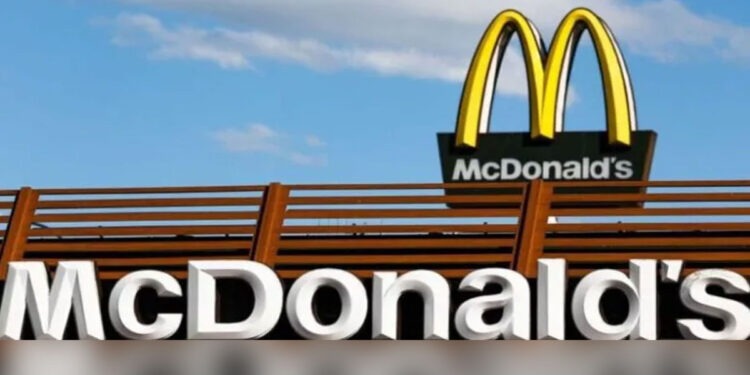McDonald’s has reported its first decline in global sales in over three years. This downturn comes amid persistent inflation and changing consumer behavior, presenting new challenges for the fast-food industry giant. This article delves into the details of McDonald’s recent sales slump, the broader implications for the fast-food sector, and what this means for the future of the brand.
Understanding McDonald’s Recent Sales Decline
On Monday, McDonald’s disclosed a one percent drop in global comparable sales for the second quarter of the year. This marks the first sales decline in 13 quarters. The drop contrasts sharply with analysts’ projections, which had anticipated a modest 0.5% increase. Despite a 1% rise in overall revenue, the decline in sales is significant and highlights growing concerns about consumer spending.
Inflation’s Impact on Consumer Behavior
The driving force behind this decline appears to be persistent inflation, which has significantly impacted consumer behavior. With prices rising across various sectors, lower-income consumers are now more cautious about their spending. This shift has led many to opt for more affordable food options at home, reducing their frequency of dining out. As a result, fast-food chains like McDonald’s are feeling the pressure.
The Rise of Value Meals and Discounts
In response to declining sales, McDonald’s has introduced several value-oriented promotions to attract budget-conscious customers. Notably, the company launched a $5 meal deal in June, available at most US locations. This deal is an attempt to counterbalance the decline in consumer visits and boost customer traffic. McDonald’s plans to extend this offer into August in hopes of regaining lost customers.
Fast Food Chains’ Strategic Adjustments
The sales drop at McDonald’s is part of a broader trend affecting major fast-food chains. Competitors such as Burger King, Wendy’s, and Taco Bell are also leaning heavily on value meals to attract customers. This strategic shift reflects the changing dynamics in consumer spending and the increasing demand for budget-friendly dining options.
CEO Chris Kempczinski’s Insights
McDonald’s CEO Chris Kempczinski has commented on the evolving consumer mindset, noting that customers have become “very discriminating” and are actively seeking deals and discounts. This shift in consumer behavior underscores the need for fast-food chains to adapt their pricing strategies to maintain customer loyalty.
The Broader Economic Context
McDonald’s recent performance aligns with broader economic observations. For instance, Coca-Cola CEO James Quincey recently mentioned a “softness in away-from-home channels” in North America, indicating a decline in dining out. This trend further underscores the economic pressures facing the fast-food industry.
McDonald’s Financial Performance and Future Outlook
Despite the sales decline, McDonald’s has maintained its 2024 operating margin forecast in the mid-to-high 40% range. The company’s shares have dropped 15% this year, but they were trading flat at $251.20 following the announcement. McDonald’s has also kept its capital expenditure budget at up to $2.7 billion, with a significant portion allocated for new restaurant openings both in the US and international markets.
Sales Performance in the US and International Markets
In the quarter ended June 30, US comparable sales fell by 0.7%, compared to a 10.3% increase a year ago. International sales, which accounted for nearly half of McDonald’s 2023 revenue, also experienced a decline of 1.1%. This drop was particularly noticeable in France, reflecting localized challenges in specific markets.
The Impact on McDonald’s Growth Strategy
McDonald’s commitment to expanding its presence remains strong, with substantial investments planned for new restaurants. The company’s ability to navigate current economic challenges while pursuing growth initiatives will be crucial in determining its future trajectory.
Conclusion
McDonald’s recent sales decline marks a significant moment for the fast-food industry. As inflation continues to affect consumer spending, the company’s focus on value deals and strategic adjustments reflects the broader shifts within the market. While the current sales drop presents challenges, McDonald’s ongoing investments and adaptation strategies indicate a resilient approach to overcoming these hurdles. The fast-food giant’s ability to balance cost pressures with growth ambitions will be key to its future success.
By understanding the underlying factors contributing to McDonald’s sales decline and examining the company’s strategic responses, we gain valuable insights into the evolving landscape of the fast-food industry. As McDonald’s navigates these challenges, its ability to attract and retain customers through value-driven offerings will be critical in shaping its future performance.









